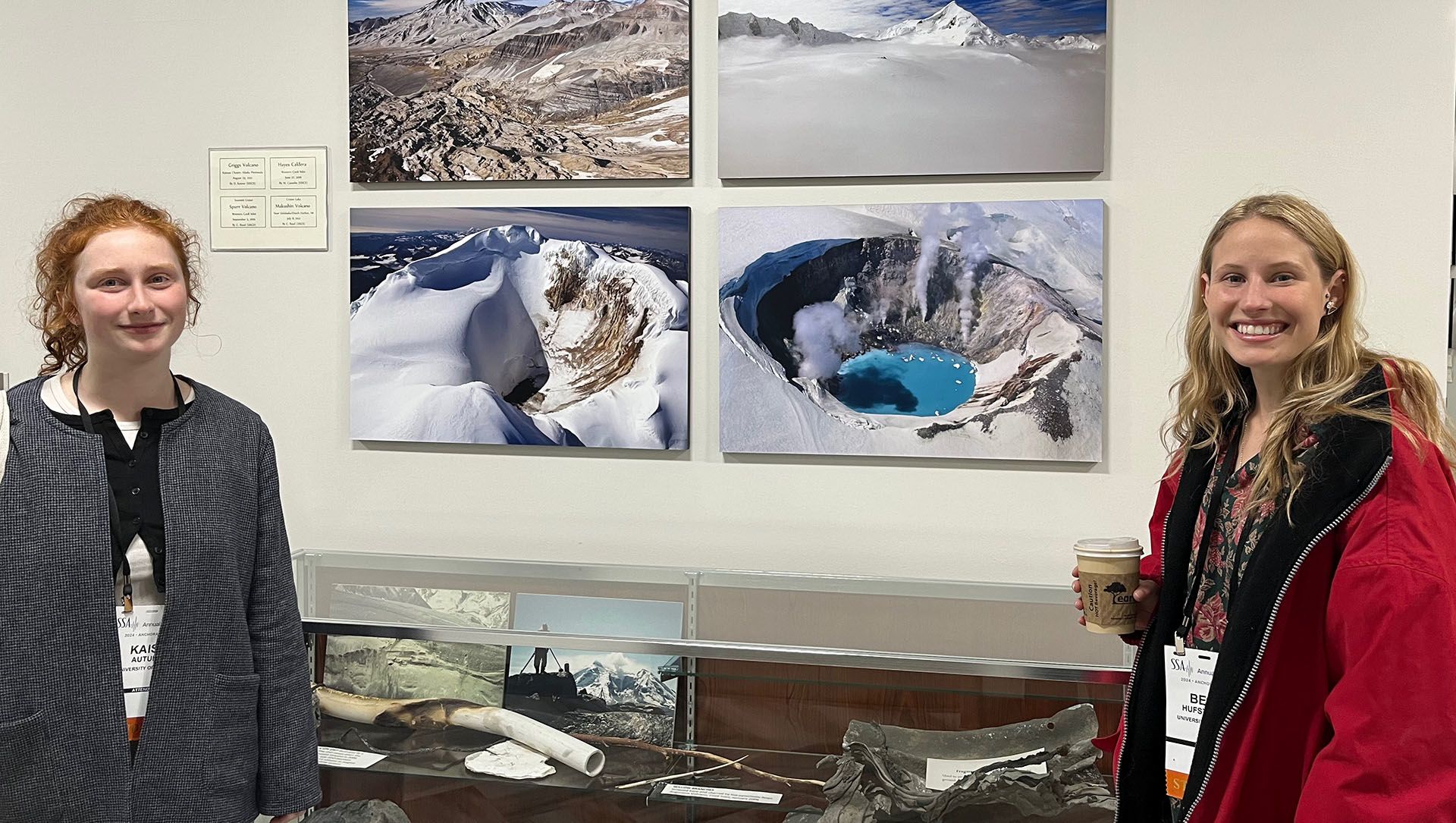When the island of Santorini was rattled by thousands of small earthquakes earlier this year, many people were left mystified about the source of the tremors.,
The shaking lasted more than a month and forced over more than 10,000 people to evacuate the Greek island. At times, the earthquakes occurred every few minutes. The largest reached a 5.3 -magnitude.
But University of Oregon geophysicist Emilie Hooft felt less perplexed about the source of the earthquakes, as she had an informed hunch about what was going on.
Just 10 days before the earth started quaking in the Greek islands, Hooft's lab submitted a paper outlining new discoveries about the volcanic plumbing surrounding Santorini, which offered some important clues about the source of the earthquakes. While some scientists initially assumed they were connected to a tectonic event, related to the fault system near Santorini, Hooft's research suggested they were actually fueled by volcanic unrest deep in the crust.
Namely, the underground magma movement that was transpiring 6 to 9 miles beneath the volcanic system - though, importantly, offset so they were not directly below the volcanoes themselves.
"We found magma at deeper depths that is offset from both the main volcano and from the active volcanic seamount 10 kilometers (6 miles) to the northeast," Hooft said. "Two Ph.D. students worked with me to probe deeper beneath the volcanic system than any prior efforts and found magma that proved to be the source of a sideways injection of magma deep in the crust, located right where the seismic swarm was initiated."
Hooft's lab published two related papers earlier this year in the journal Geochemistry, Geophysics, Geosystems. Both projects grew out of extensive research into the crustal structure of the crust and the magmatic evolution of the Santorini volcanic complex.
The sound waves, which are created through canisters of compressed air, function like an ultrasound that can detect what kind of material makes up the volcanic system, including lava, rock and water.
"We were able to probe far under the volcano to really understand the deepest part of the plumbing system of a subduction zone arc volcano," she said, adding that the research both improved the resolution of the shallow and mid-crust layers, while also imaging deeper into the crust than any prior studies.
The crust is generally around 15 miles thick, and until these two projects, Hooft's research had been limited to the first 3 to 4 miles of the crust.
Hooft's group was especially interested in understanding how magma moves throughout the entire crust and how it interacts with the fault system beneath volcanoes like those around Santorini. To measure deeper into the more compact part of the crust, Autumn had to use a more advanced method, which involved using reflected sound waves to image the entire crust.

They found that magma was moving in the cracks created by the fault system 6 to 9 miles beneath the surface. Because the cracks are offset from the volcanoes themselves, they're creating potential pathways for magma to move sideways while remaining underground.
Hooft hopes to keep building on her work in Santorini so she can fill more gaps in the research.
"Understanding how and when magma moves through these systems remains one of the central challenges in volcanic science and a critical step toward detecting early warning signs and improving hazard assessment in vulnerable regions like the southern Aegean," she said.
The UO's earth sciences program digs into volcanoes, earthquakes, fossils, undersea rifts and a whole lot more. If you're curious about what makes the planet tick, check out what the world-spanning program has to offer.






